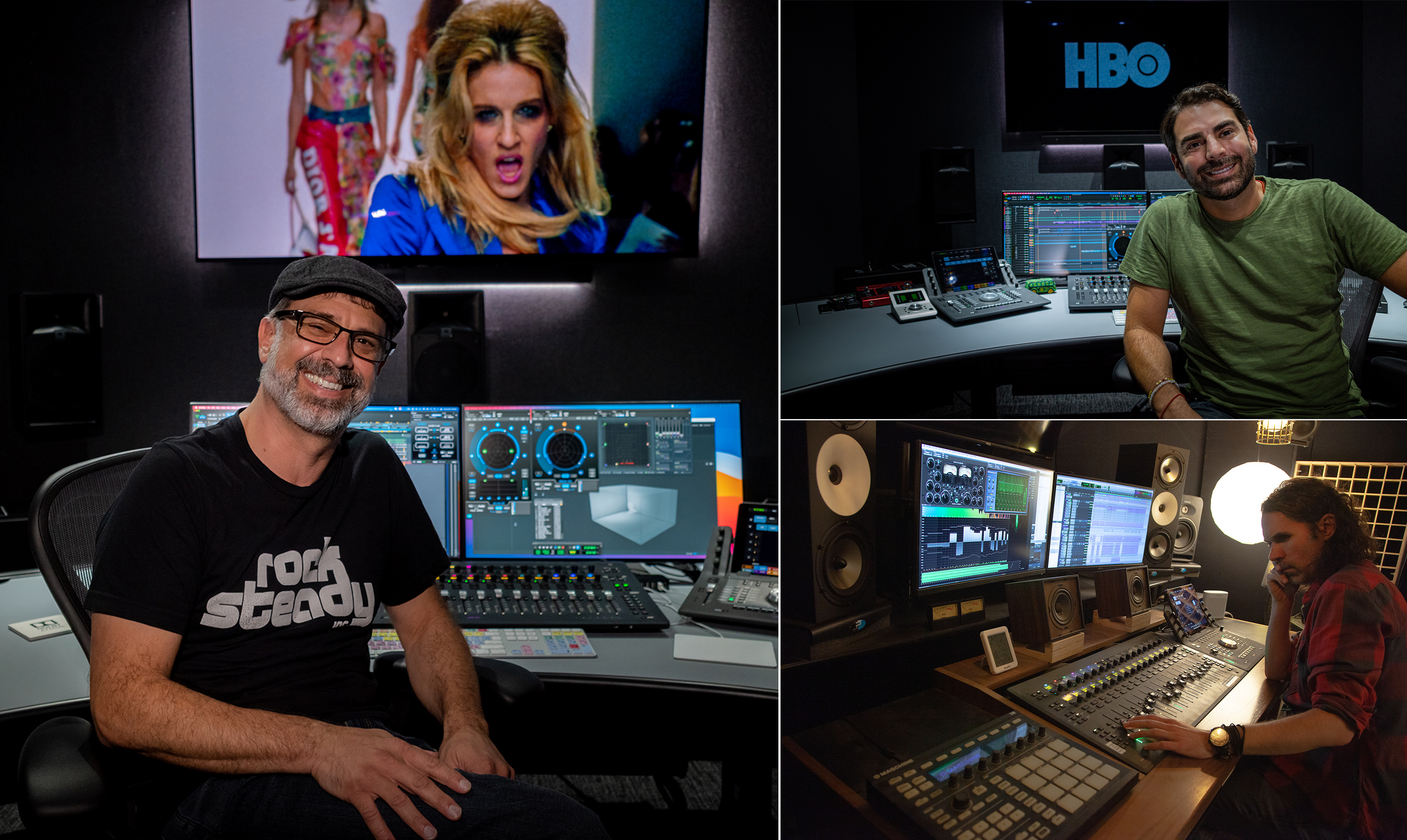Restoration Team Turns To Nugen Halo Upmix For Remastered ‘Sex and the City’ Atmos Mix
The team restored all 94 episodes of the original series with Nugen's upmix software

NEW YORK—A special restoration team was assembled for the remastering of the six seasons—94 episodes in all—of “Sex and the City” (SATC), which was completed in UHD HDR Dolby and Dolby Atmos.
The remastered series is now available on HBO Max in Dolby Surround, a direct render from the Dolby Atmos mix.
Not only did the restoration team go back to the original Kodak Super 16mm film and two-inch analog tape to rebuild the series from scratch, but it also had to do so amid the COVID-19 pandemic. HBO decided to remaster the series in 2019.
When the audio team started the project, members were together in the HBO offices. However, once the pandemic began, team members worked from home, making the project a bit trickier.
The audio team needed support to capture the true essence of the original audio recordings while also enhancing them for a Dolby Atmos experience. The team persevered, creating new workflows with the help of Nugen Audio’s Halo Upmix software, which allowed them to convert the old SATC stereo mixes into an immersive format.
“The mono and stereo stems from the original tapes of the series provided reasonable mix group separation, but at the same time presented some challenges for an immersive environment,” said Glen Schricker, HBO director of post-production sound.
“Despite the age of the show and what we had to work with, we were able to make legitimate Dolby Atmos mixes from those stems with Halo Upmix in our toolkit,” said Schricker.
Get the TV Tech Newsletter
The professional video industry's #1 source for news, trends and product and tech information. Sign up below.
“I’m a huge fan of presets, and Nugen knocked it out of the park with the hard center preset in Halo Upmix,” he said. “It became our go-to background starting point.
“We ‘surgically’ extracted as many hard effects as possible from the original BG/FX stereo stems, yielding new FX objects for Atmos panning and cleaner stereo backgrounds for 7.1.2 upmixing," he continued. "Occasionally, we would leave behind certain hard effects in stereo stems knowing Halo Upmix would appropriately direct those sounds to the center channel, which would leave the upmixed ambience intact and immersive.”
Halo Upmix assisted in deciding when and how to go from stereo to surround and helped in making the decision about what to put in the height, he said.
“A huge part of what I love about Halo Upmix is that when you bring something from stereo to 7.1.2, it doesn’t do crazy things. It behaves in a very natural sort of way,” said Schricker. “Depending on how you’re adjusting parameters and what preset you start with, it’s not just making things obnoxiously immersive―and with backgrounds in particular, that’s very important.”
Re-recording mixer Ryan McCambridge, who freelanced on the project, agreed, adding that Halo Unmix is a helpful tool, especially when there needs to be an awareness of the downmixing.
“Halo Upmix helped us keep control of how things translate when you are going to downmix,” said McCambridge. “It was just as important for us to hear it in stereo as in Atmos because not everyone has Dolby Atmos speakers at home and will ultimately listen in stereo. Halo Upmix creates an upmix that can be folded down to stereo without losing any sonic integrity.”
Re-recording mixer Aiden Ramos appreciated how Halo Upmix transformed the older audio that he organized and premixed.
“I was basically taking the stems and lining up all the audio to picture, organizing everything properly,” he said. “I was the one separating things into the correct environments―such as the background noises in Carrie’s apartment or in a bar scene. New York City background noise itself is basically like another character, so there were a lot of stems to go through and organize. Using Halo Upmix was super useful for all the backgrounds, just to get things to sit in the right place and feel immersive.”
More information is available on the Nugen Audio website.
Phil Kurz is a contributing editor to TV Tech. He has written about TV and video technology for more than 30 years and served as editor of three leading industry magazines. He earned a Bachelor of Journalism and a Master’s Degree in Journalism from the University of Missouri-Columbia School of Journalism.

